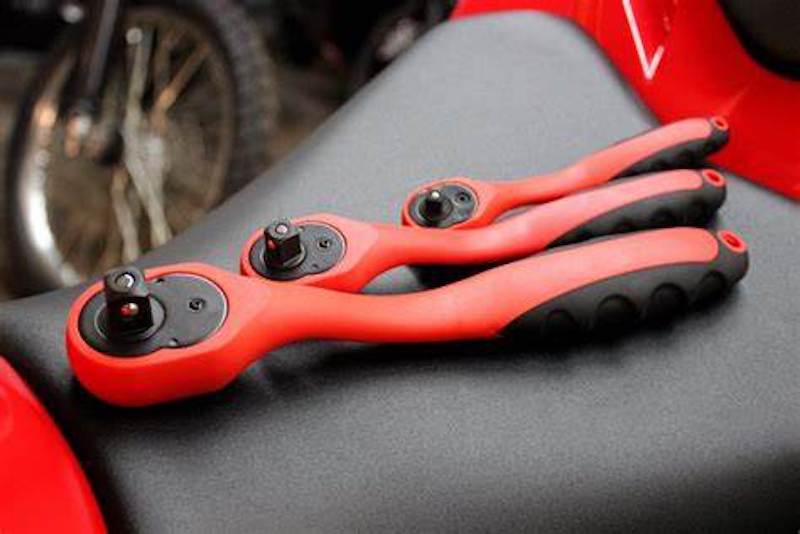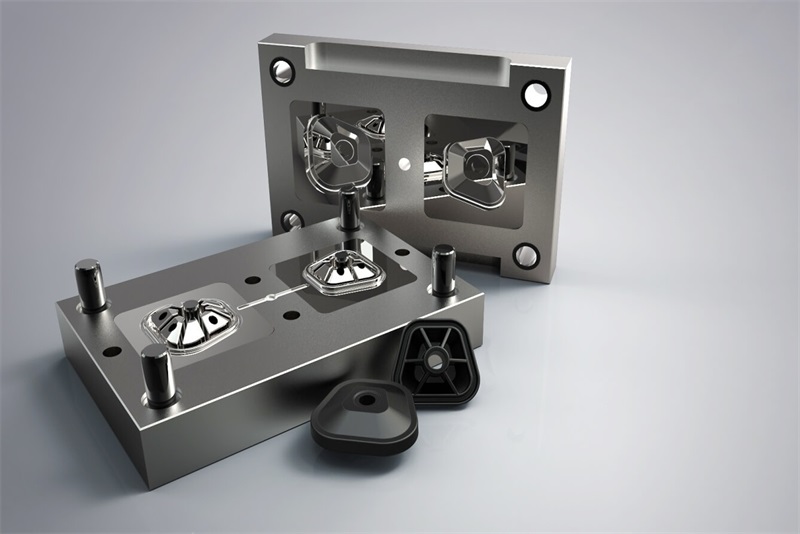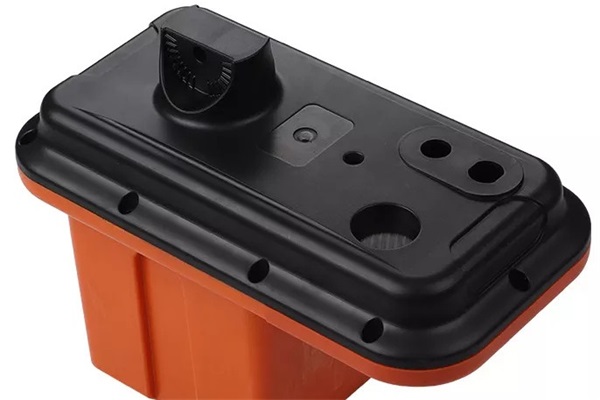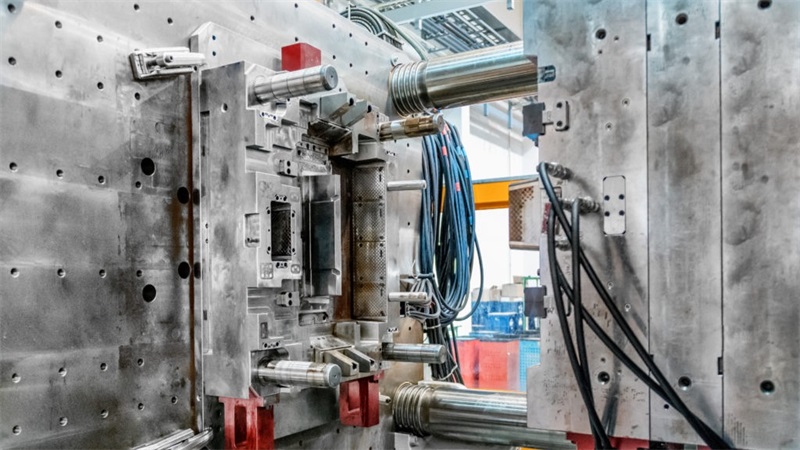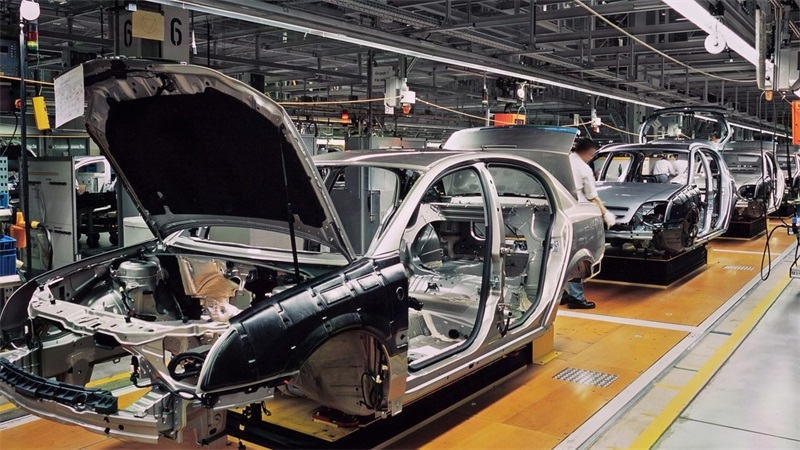The technique of moulding one layer on top of another to create a uniform whole is called overmolding. What materials can be overmolded? Functionality, durability, aesthetics, and other unique criteria of the finished construction all have a role in the selection of overbuilding materials.
In general, over-moulding is a flexible method that may be used with a range of materials to combine many elements into one. Because they may be moulded at very low temperatures. Thermoplastics and thermosetting materials—such as epoxy or similar compounds, which may also contain phenolic resins. The materials are frequently employed in over-moulding systems. Additionally, over-molding can be applied to a wide range of substrates, including metals, plastics and even electronics. This opens the door to products with improved performance, better grip and additional protection. Steels, such as aluminium and steel, are often treated with heat-resistant materials to combine the strength of the steel with the plasticity of many applications.
Silicone rubber is another common material used in surplus construction, providing flexibility, durability and extreme heat resistance. This qualifies it for use in situations requiring a robust, non-slip, or smooth seal. TPE (thermoplastic elastomers) and elastomers are also frequently utilized in over-moulding to increase shock resistance and flexibility. Additionally, the particular requirements of the application determine which overmolding to use. For example, medical devices can use ultra-selective features to combine hard and soft features to improve manufacturing efficiency and patient comfort. Consumer electronics generally use over-designed materials to create superior convenience and appeal.
Table of Contents
- 1 What materials can be overmolded? Here are some topics you can have a reference.
- 1.1 1. How does the choice of surplus materials affect the overall performance and durability of the product?
- 1.2 2. What materials can be overmolded. Can you elaborate on some specific considerations when selecting materials for overproduction in medical device manufacturing?
- 1.3 3. Are there any limitations or challenges with any over-sculpting, and how do you deal with these during production?
- 1.4 4. What materials can be overmolded. In what ways does the over-melting of metals by thermoplastics contribute to the structure and function of the materials?
- 1.5 5. How does excess texture enhance the aesthetics of consumer electronics, and what role does material choice play in achieving a simple design?
- 1.6 6. Can you provide examples of other applications where over-moulding has been used to create uniquely functional products?
- 1.7 7. What materials can be overmolded – Are there sustainability considerations in the choice of surplus products. and how has this affected production?
- 2 Conclusion of What materials can be overmolded
What materials can be overmolded? Here are some topics you can have a reference.
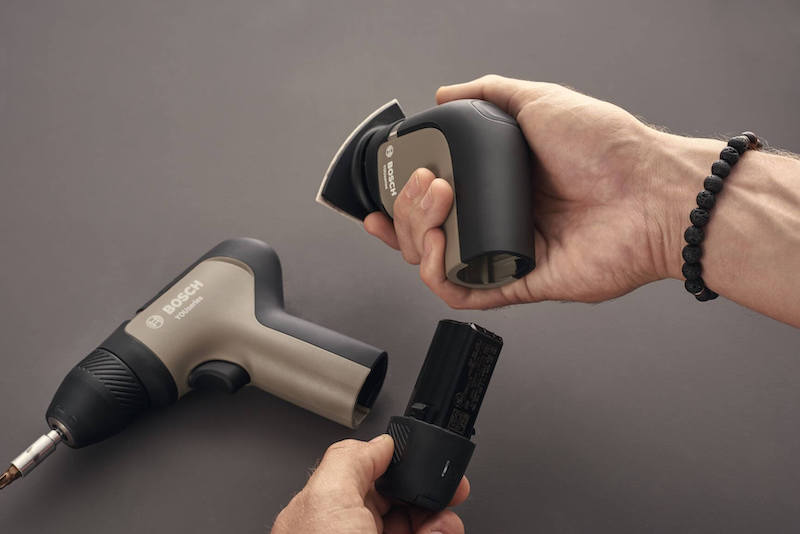
1. How does the choice of surplus materials affect the overall performance and durability of the product?
The choice of surplus materials has a significant impact on the overall performance and durability of the product. By combining different components, manufacturers can blend different components into a single product and improve its performance. For example, using hard materials as bases and soft materials for over moulds can increase impact resistance, provide ergonomic grips, and improve overall product durability. Materials, namely alignment, are important to ensure tight bonding and durable performance.
2. What materials can be overmolded. Can you elaborate on some specific considerations when selecting materials for overproduction in medical device manufacturing?
Material selection for over-moulding in medical device rapid manufacturing is carefully considered due to strict regulations and the importance of biocompatibility. Factors such as sterilization compatibility, chemical resistance, and ability to meet specific performance standards are important. Furthermore, materials selected for over-moulding in medical devices must adhere to safety and ergonomic mold design principles to improve patient comfort and device effectiveness.
3. Are there any limitations or challenges with any over-sculpting, and how do you deal with these during production?
Overproduction does pose some challenges, especially in terms of compatibility and adhesion. Ensuring a good relationship between the base material and overproduction can be challenging, and variations in mould temperature can affect the final product. Manufacturers use testing whole, process optimization, and, in some cases, surfactants or substrates to enhance interfacial adhesion products.
4. What materials can be overmolded. In what ways does the over-melting of metals by thermoplastics contribute to the structure and function of the materials?
Excessive moulding of steel with thermoplastics combines the strength of the steel with the versatility and light weight of the plastic. This approach enables products with improved ergonomics, greater grip and reduced overall weight. This qualifies it for use in situations requiring a robust, non-slip, or smooth seal. TPE (thermoplastic elastomers) and elastomers are also frequently utilized in over-moulding to increase shock resistance and flexibility.
Additionally, the particular requirements of the application determine which overmolding to use. When used as over-processed materials, they contribute to the properties of the final product through cushioning, impact resists, and a soft-touch feel that make these materials especially valuable in the applications. They need to hold well, or you could fall. Elastomers and TPE enhance the product’s overall performance and tactile experience.
5. How does excess texture enhance the aesthetics of consumer electronics, and what role does material choice play in achieving a simple design?
Surreal design plays an important role in enhancing the aesthetic appeal of consumer electronics by creating a simple and visually appealing design. Material selection is critical to achieving this goal, as it combines multiple colours, textures, and finishes into a single unit. Designers can use contrasting materials to build products with special emphasis, create a unique pattern, or improve the overall look and feel of an electronic device.
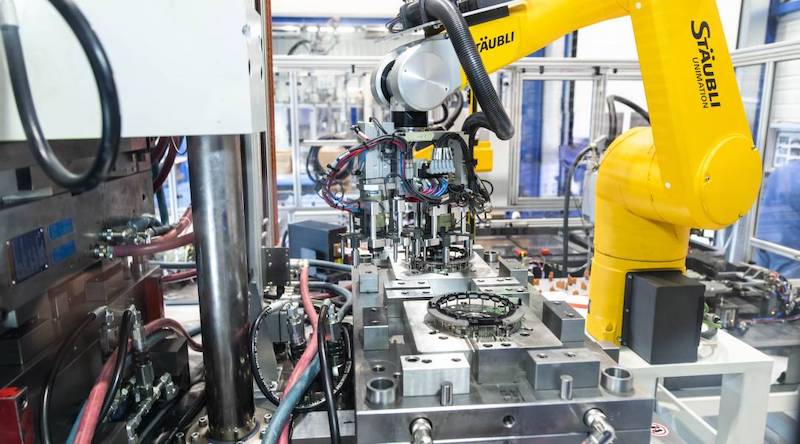
6. Can you provide examples of other applications where over-moulding has been used to create uniquely functional products?
Overmolded injection molding has been used innovatively in various industries. An outstanding example is the integration of sophisticated touch sensors in consumer electronics, enabling elegant buttonless programming. In the automotive industry, they use over-designed materials to create weather-resistant and stylish outdoor furniture. Also, over-designed materials have been used in the handles and grips of sports equipment to improve grip and improve shock absorption.
7. What materials can be overmolded – Are there sustainability considerations in the choice of surplus products. and how has this affected production?
The choice of overbuilding materials greatly affects its durability. Manufacturers are looking for more environmentally friendly alternatives, such as biodegradable or recyclable materials, to reduce their environmental footprint. In addition, there is a growing trend to optimize processes to reduce waste and energy consumption. The inclusion of sustainable materials in over-designed products is in line with the industry’s increasing efforts to encourage environmentally friendly practices throughout the product lifecycle.
Conclusion of What materials can be overmolded
In summary, the types of materials suitable for a hyperchain depend on the specific characteristics required in the final product. This wide range of options not only meets technical needs but also empowers manufacturers to create incredibly efficient solutions. Optimized material selection is proving to support innovation in the industry, facilitating the development of products that seamlessly combine quality and function.
Besides from injection moulding, TEAM Rapid can make low volume manufacturing overmolded parts via rapid prototyping. Contact us today to request a free quote now!
